Wow, seriously.

You made light the fact drawers generated by
3D printing. Clearly the
best utilization I've seen of additive manufacture in private use, simply terrific!
Never has one single project spurred interest for process and equipment alike.
With vast [jumbled] population of imperials, metrics, pipe, lesser in BS, Whitworth, ACME etc representing up to 100 pages or so each Machinist's Handbook, Colvin-Stanley, Frankland, Glover and others, up to my nuts in thread cutting hardware.
The only feature worth adding, space or marking indicating ideal 75% thread tap drill sizes.
Already envisioning one cabinet marked Inferial for Marv K., and another Antediluvian as hat tip to you.
The rest need be content with their given [aka boring] designations. Lol.
Without your location is not displayed, assumption is other side of the pond. I don't recall coming across the term 'serial taps' before, so took the dive. Our marking system includes Class of Fit, conceivably could be used in a serial manner, not been called to do so personally. Commonly we buy Class 2 and 3, and adjust theoretical fit via hole sizing. Intermediate reamers or bore-to-size make this quite easy.
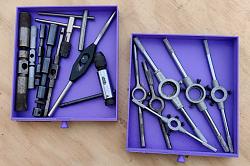


 LinkBack URL
LinkBack URL About LinkBacks
About LinkBacks
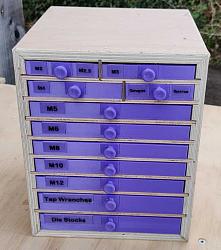
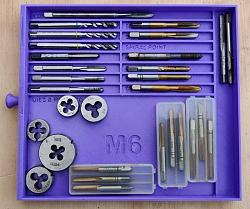
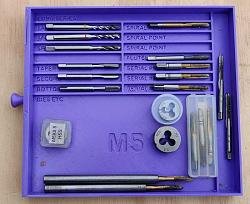
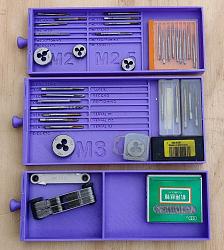


 Reply With Quote
Reply With Quote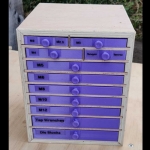








Bookmarks